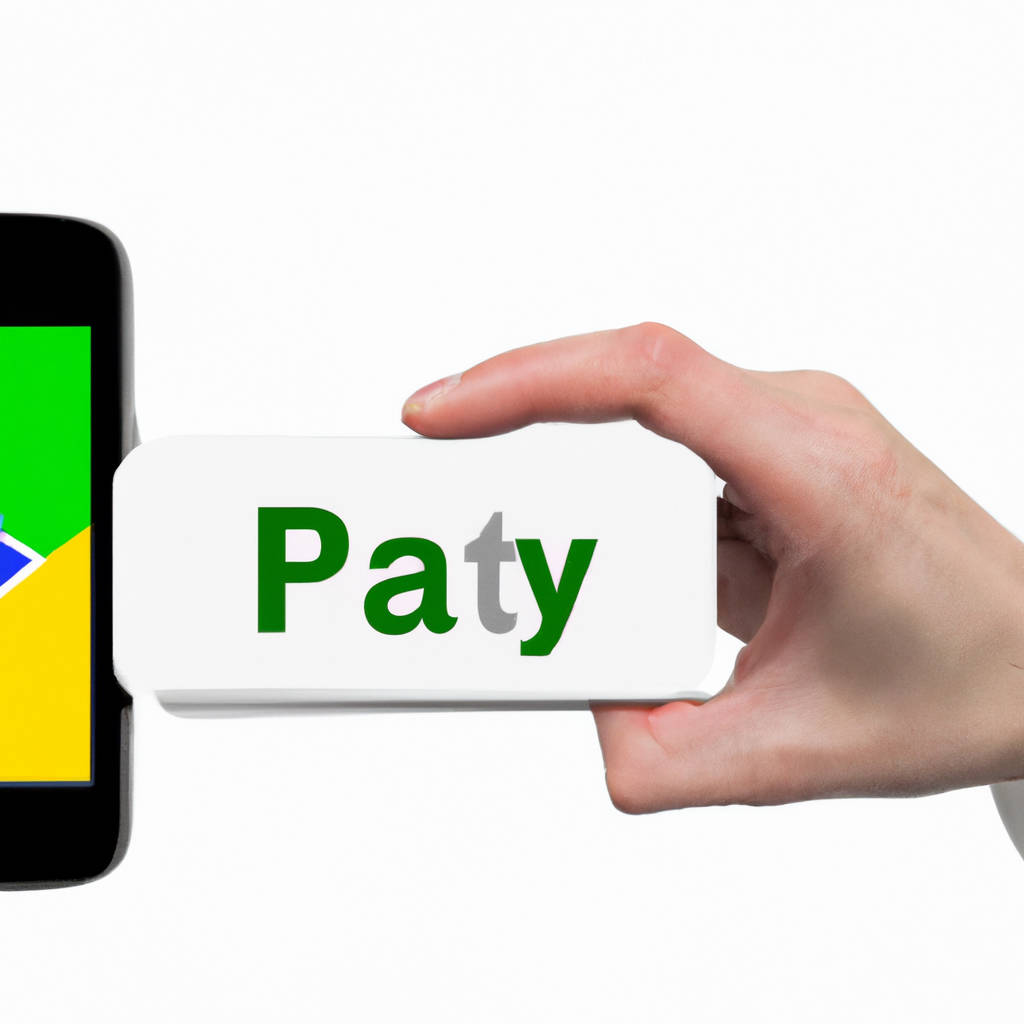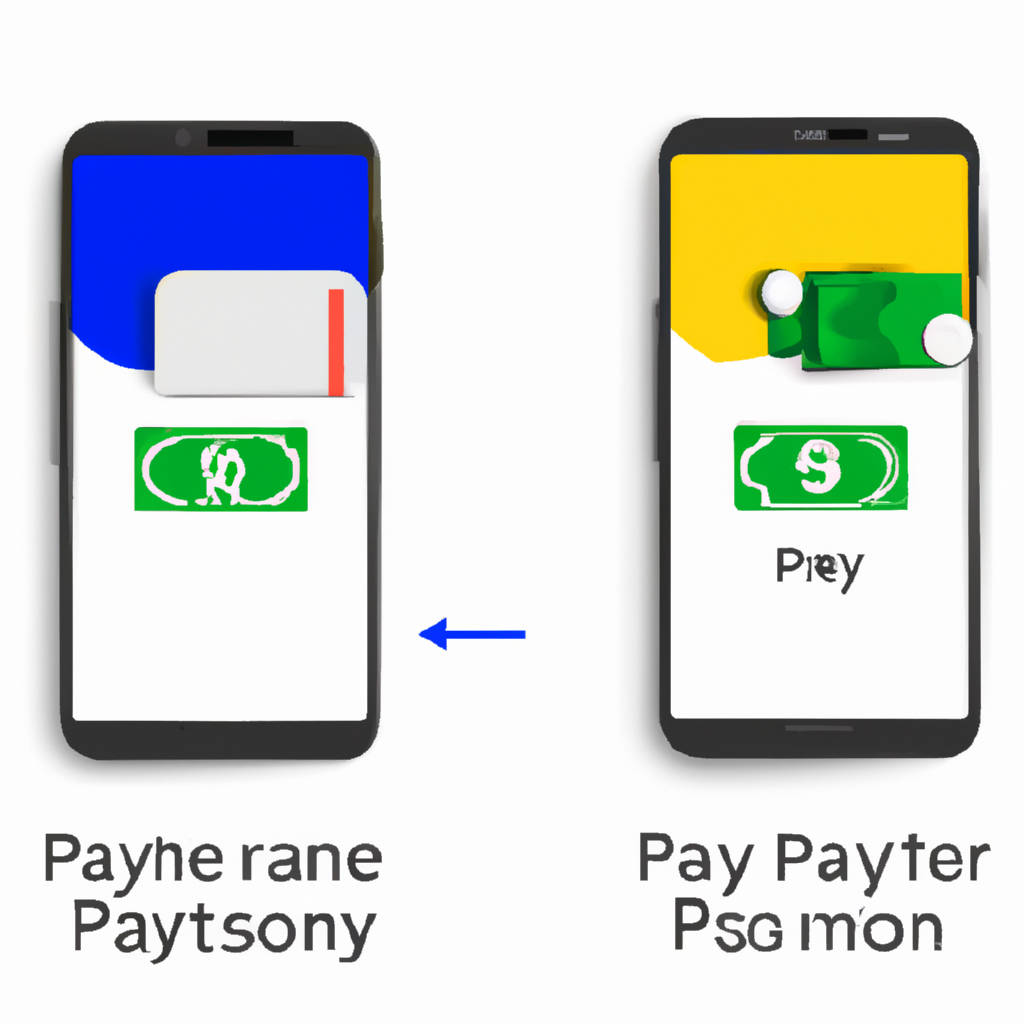Google Pay, a digital wallet platform created by Google, is designed to revolutionize the way we handle money. It offers several advantages such as convenience, speed, and the ability to track expenses. It eliminates the need to carry physical money or cards and allows users to pay for services and products with just a few taps on their phone. It also allows users to send money to friends and family, pay bills, and buy tickets for transportation or events. The speed of transactions is another significant benefit as it is much quicker than traditional methods.
On the other hand, Google Pay comes with its share of disadvantages. One of the most significant concerns is security. Although Google uses advanced security measures to protect users’ information, the risk of cyber attacks still exists. If a user’s phone is lost or stolen, it could potentially give unauthorized individuals access to sensitive information. Additionally, there is a concern of privacy as Google collects data on users’ spending habits, which they may use for targeted advertising.
Further, not all businesses accept Google Pay which limits its use. This means users still have to carry cards or cash as a backup, which negates some of the convenience. Also, Google Pay requires an internet connection to function. This can be a problem in areas with poor network coverage or during travel.
Finally, there is a concern about potential overspending. With the ease of just a few taps to make a purchase, users may find it harder to keep track of their spending. The lack of a physical exchange of money can make spending seem less real, leading to potential financial issues down the line.
In conclusion, while Google Pay offers many benefits such as convenience and speed, it also comes with its fair share of drawbacks such as security concerns and potential overspending. Therefore, it is essential for users to weigh these factors before deciding to use this service.

Google Pay What is it
Google Pay is a digital wallet platform and online payment system developed by Google. This innovative application enables users to perform financial transactions in a contactless, seamless, and secure manner. It was design
ed to replace the traditional physical cards and cash transactions, thereby revolutionizing the way people transact.
The app is versatile, allowing its users to send and receive money easily from friends and family, pay for products and services both online and in-store, and even pay for public transportation in some cities. It works by storing debit, credit, loyalty, and gift card information on the user’s device. When making a payment, Google Pay uses a method called tokenization to secure users’ card details. This method replaces the user’s actual card details with a unique generated code (token), which is then used to process the payment, thereby ensuring that the user’s actual card details are never revealed.
Google Pay is compatible with most Android devices, with the requirement that the device has NFC (Near Field Communication) capabilities for in-store purchases. The app is also supported by numerous banks, credit unions, and credit card companies worldwide, making it a universally accepted form of payment.
Furthermore, Google Pay is not just limited to financial transactions. It can also save event tickets, boarding passes, and even car rental information, making it an all-in-one solution for digital wallet needs. It simplifies the user’s life by storing all their payment and ticketing information in one secure place, eliminating the need to carry multiple cards or printouts.
In conclusion, Google Pay is a comprehensive digital wallet and online payment system that offers a secure, convenient, and versatile method of managing financial transactions and other ticketing needs. It stands as a testament to Google’s commitment to innovating and simplifying technology for everyday use.
Pros of Google Pay
Google Pay, a digital wallet platform developed by Google, offers a myriad of advantages that simplify and enhance the payment experience. One of the most significant benefits is convenience; with Google Pay, individuals can make transactions anytime, anywhere, eliminating the need for physical wallets or cash. By storing credit, debit, and loyalty cards digitally, Google Pay enables users to effortlessly manage their finances. Moreover, it offers a user-friendly interface that even the least tech-savvy individuals can navigate with ease.
In addition, Google Pay prioritizes security, utilizing advanced encryption technologies to protect user data and prevent unauthorized access. Each transaction is assigned a unique encrypted number instead of revealing card details, which significantly reduces the risk of fraud. Furthermore, if a user’s mobile device is lost or stolen, they can swiftly secure their account remotely, ensuring their financial information remains safe.
Google Pay also supports a variety of payment methods, including NFC (Near Field Communication), QR codes, and online payments, catering to different user preferences and needs. This versatility in payment options offers a seamless and flexible payment experience, whether shopping online, paying for groceries, or even splitting dinner bills with friends.
A standout feature of Google Pay is its integration with other Google services. For example, it links with Google Ads and Google Shopping, allowing users to make direct purchases from ads and simplifying the online shopping process. It also integrates with Gmail, enabling users to send and receive money through email.
Google Pay also offers rewards and cashback to its users, making it an attractive option for those who frequently make transactions. It rewards users for referring friends to the platform, paying bills, and even for simply using the service. These perks not only encourage use but also add value to each transaction made through the platform.
In summary, Google Pay’s convenience, security, versatility, integration with other Google services, and rewards system make it an advantageous platform for managing and making transactions.

Cons of Google Pay
Google Pay, while offering a streamlined and efficient method of conducting transactions, isn’t without its drawbacks. One significant downside is the potential risk to user privacy. The app requires access to sensitive details such as credit/debit card information, bank account details, and personal identification information. Even though the company assures a high level of security, breaches are not unheard of in the digital world, and the possibility of data theft cannot be entirely ruled out.
Furthermore, Google Pay’s customer service has been criticized for its lack of promptness and efficacy in resolving issues. Many users have complained about slow response times and less than satisfactory resolutions to their problems. Another disadvantage is the occasional technical glitch that disrupts seamless transactions. Users may encounter issues such as failed transactions, money deducted but not transferred, and app crashes.
Additionally, Google Pay is not universally accepted. Some small businesses, especially in remote areas, do not have the technology or resources to accept digital payment, making Google Pay less useful in such circumstances. Moreover, the app’s dependence on a stable internet connection can be a disadvantage in areas with poor network coverage. Lastly, one of the most critical concerns is the potential for misuse. If a user’s phone is lost or stolen, the perpetrator could potentially gain access to the user’s Google Pay, posing a threat to their financial security. Therefore, while Google Pay comes with numerous benefits, these drawbacks should be taken into consideration.
Conclusion
A conclusion represents an end, the final chapter in a story, or the final piece of an argument or discussion. It is the culmination of thoughts, ideas, and evidence presented, neatly wrapped up and providing closure. The importance of a conclusion lies in its ability to encapsulate the essence of what has been discussed or the story that has been told, giving the reader or listener a sense of completion. Effective conclusions do not simply restate what has been said; instead, they synthesize the information in a new way, often linking the main points together to paint a final, comprehensive picture.
They may also suggest future directions or implications of the topic, opening up new avenues for thought. In academic circles, a well-crafted conclusion can elevate an essay or research paper, providing a satisfying finish that leaves a lasting impression. In storytelling, a fitting conclusion can leave the audience feeling satisfied, providing the closure they crave after investing time and emotions into the narrative. It can also provoke thought, challenge perceptions, or inspire action, depending on the message conveyed.
Regardless of the medium, a conclusion serves as the final word, the last chance to influence or persuade, the ultimate statement on the topic at hand. As such, it carries significant weight and deserves careful consideration and crafting. Ultimately, the effectiveness of a conclusion lies in its ability to tie everything together and provide a sense of closure while leaving a lasting impact or impression. Regardless of the context, a well-executed conclusion is a powerful tool that can greatly enhance the effectiveness and impact of any written or spoken discourse.
